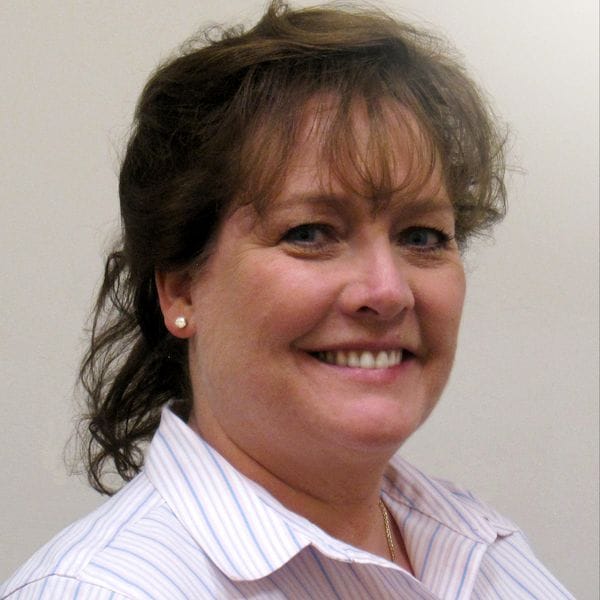![Diana Kalisz [Source: Women in 3D Printing]](https://fabbaloo.com/wp-content/uploads/2020/05/image-asset_img_5eb0979d7d1b4.jpg)
Diana Kalisz came out of an early career in aerospace, joining 3D Systems in early 1989.
During the next nearly 30 years, she has spent the majority of the time in the engineering organization. From managing early printer programs and dedicated software and materials programs, she progressed to running the full engineering organization. Through that experience, she has become well versed in all of 3D Systems’ plastic part-producing technologies.
In addition, Diana has also participated heavily in acquisition integration, especially with those acquisitions that were technically-oriented. Her participation in the acquisition integration process has allowed her the unique opportunity to work with like-minded professionals who are solving similar problems in different ways.
Diana’s current focus is on materials development for the new Figure 4 platform. Having seen the development and maturation of 3D printing technologies and applications, she is excited to see what arises in both technology and customer applications in the future.
Nora Toure: Diana, could you let us know about your background and what brought you to 3D printing in the first place?
Diana Kalisz: I originally worked in aerospace at Lockheed (now Lockheed-Martin). The last work I did there was the development of fluid flow measuring instruments for aircraft which incorporated lasers, optics, and electronics. I later was a program manager for a small R&D firm that made similar instruments.
Getting to 3D Systems and into 3D printing was a fluke. I happened to know the first employee of the company, and when I moved nearby, he thought I might be a fit for an open program management job. I interviewed, and 30 years later I am still here, still totally immersed in the technology and the people making it happen!
Nora Toure: What was your very first experience with 3D Printing?
Diana Kalisz: It seems unreal now, but at the time there was only Stereolithography, the original 3D printing technology, Chuck Hull invented and built 3D Systems upon. I was one of the project managers for the program to develop and introduce the first large-format 3D printer, the SLA-500. We had a pretty naïve idea that “it’s just a big SLA-250,” (the previous small-format printer) and boy, were we wrong.
Our aim was to make the system not just bigger, but much faster. The concept was that for someone who designed a large part, they would want it printed just as fast as someone who had designed a small part. It taught me some really important lessons about scaling. And each technology since then has its own challenges when you want to scale size, speed, or any other attribute. Great lessons!
Nora Toure: You’ve started working at 3D Systems in 1989. What have been some of the major changes in the company since then?
Diana Kalisz: I’ve been in this industry since very early on, and continue to be amazed at what the technology is capable of, and how our customers continue to think of new ways to use it. As we have developed or acquired new technologies, the expectations of our customers have grown.
When we first started, our customers were blown-away that we could form a part on a 3D printer that even resembled the CAD data. Now, we talk about CpK data in accuracy, amazing properties of materials, and printers that run unattended for weeks to build giant parts. The applications needs and the expectations of our customers are constantly expanding, which is what fuels 3D Systems’ innovation.
Read the rest at Women in 3D Printing











Elizabeth C. Engele (Lizzy) is a designer for social good, and a founder of MakerGirl.